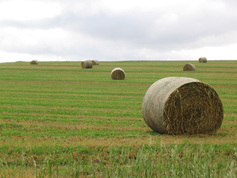 This is a great opportunity to learn more about forage and range management. Forage and range production in Nebraska is heavily dependent on weather, so stay tuned to this blog for pertinent weather information through the year. ------------------------------------------------------------------------------------------------------- The Nebraska Extension's Mid-Plains Beef Educational Series will conduct a June session on forage and pasture management at the UNL Agricultural Research and Development Center (1071 County Road G, Ithaca) near Mead. The session will draw on the expertise of Dr. Bruce Anderson, Nebraska Extension Forage Specialist will discuss establishing pastures into previous crop ground, as well as advantages and considerations of rotational grazing. Dr. Daren Redfearn, Nebraska Extension Integrated Forage Specialist, will discuss monitoring pasture conditions - tools you can use. The session will be Monday, June 1, with registration and meal at 11:15 a.m. ---- 12:00 p.m., program beginning at 12:15 p.m. and ending at approximately 3:30 p.m. The cost is $10 by May 28, or $15 at the door (make checks available to University of Nebraska-Lincoln). Lunch and hand-outs provided. The Mid-Plains BEEF Educational Series is an effort by a team of southeastern Nebraska Extension educators. To register or obtain more information, contact: Lindsay Chichester, Saunders County, 402-624-8030; Steve Tonn, Washington County, 402-426-9455; or Monte Stauffer, Douglas/Sarpy Counties, 402-444-7804. The growth and development for corn is dependent on temperature and Growing Degree Days (GDD) are often used to determine the accumulated heat units. The most commonly used method is the Modified Growing Degree Day formula. The modification is the limit on minimum and maximum (below 50 F and above 86 F) temperature, with the assumption that corn development is limited when temperatures are below 50 F and above 86 F. When the daily maximum temperature is above 86 F it is reset to 86 F, likewise if the daily minimum temperature is below 50 F, it is reset to 50 F.
Here is the formula: ((Tmax + Tmin)/2)-50=GDD Now, you have to think back to elementary school and remember the order of operations. Start with the operations within the parenthesis, then move outward. Example: Tmax = 82 F Tmin=63 ((82+63)/2)-50=23 GDD Example 2: Tmax=93 F Tmin = 54 F (Reverts to max of 86 F) ((86+54)/2)-50=20 GDD If you have a maximum and minimum temperature recording device, you can calculate the GDD for your location, or you can go to weather.gov, click on your location, and click on "3 day history" to see daily max and min temperatures. GDD can also be found at cropwatch.unl.edu under the "weather" tab. Useful 2 Usable also has a great CornGDD tool that monitors GDD accumulation and corn growth stage. The tool can be found here. Soil temperatures have most likely hit the highest point for this week. Temperatures are predicted to be in the 50s for highs most of this week with lows in the 30s. Precipitation chances also pick up towards the end of the week, which may further delay soil warming. This should not be much of a concern because our soils are already a week ahead of schedule. 7-day average soil temperatures are in the mid 50s in central Nebraska and the upper 40s in eastern Nebraska and the Panhandle. Many locations are 5-8 F above normal, but this may look different by the end of the week.
We may also be entering a variable weather pattern with a series of upper level disturbances in the forecast. This will make optimal planting conditions difficult with temperature swings and chances of precipitation. The short term precipitation forecast does not include heavy amounts for most of Nebraska, but will keep the soils cool and just wet enough for some locations to stay out of the field. Imbibitional chilling injury of corn is also a concern when planting ahead of cold rain. Cold water is much more dense than warmer water, thus causing cell membrane damage when expansion happens after water uptake. http://go.unl.edu/93ca I would use caution planting this week looking at the forecast. Also, the insurance planting date is not until the 10th for eastern NE and the 15th for western NE. Rain is expected for Eastern Nebraska this afternoon and tonight, but driest areas in the state may miss out. |
AuthorI study weather and climate impacts on agriculture, climate variability, and using weather and climate information to make better agricultural decisions. Archives
November 2017
|
| Ag Climate Nebraska |
|
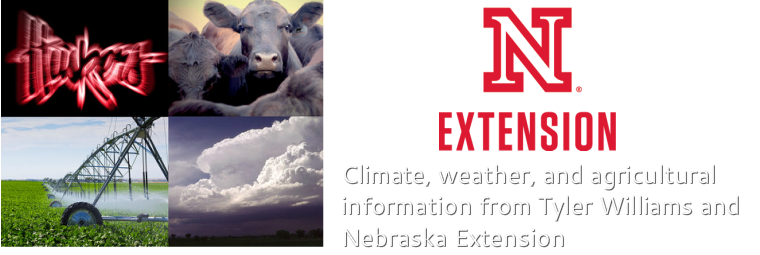
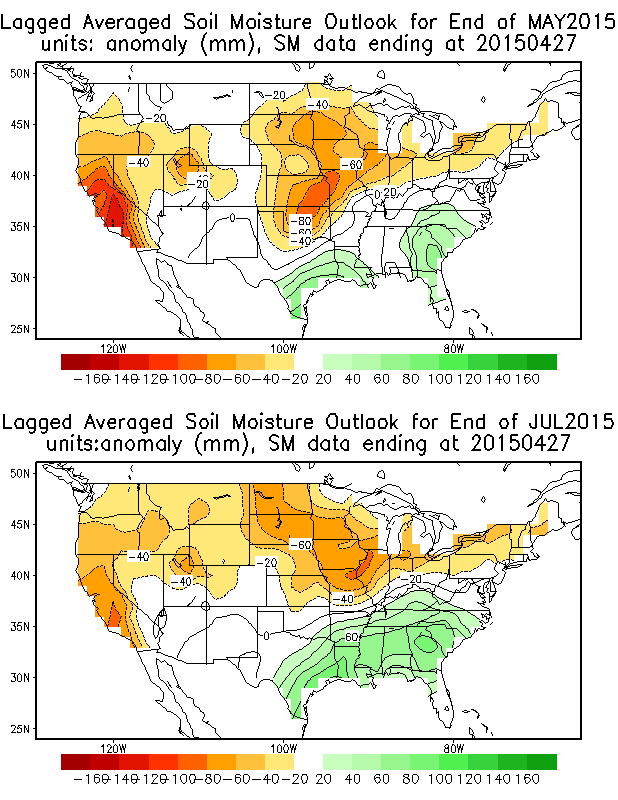

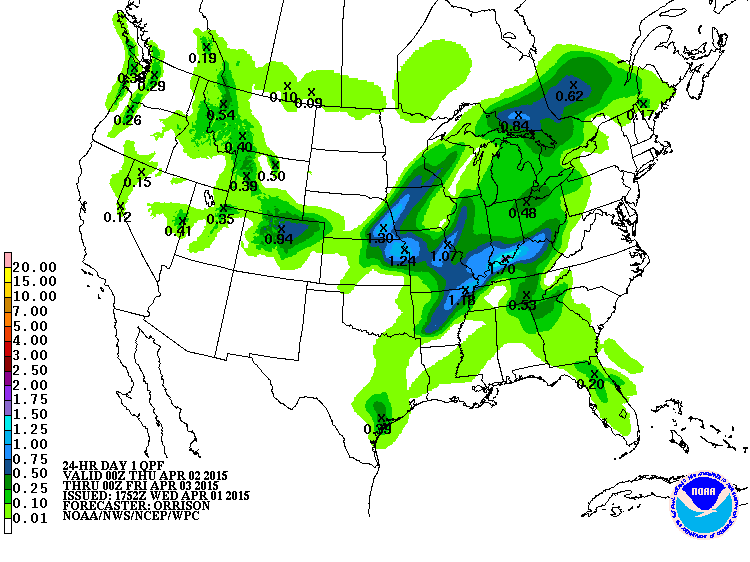
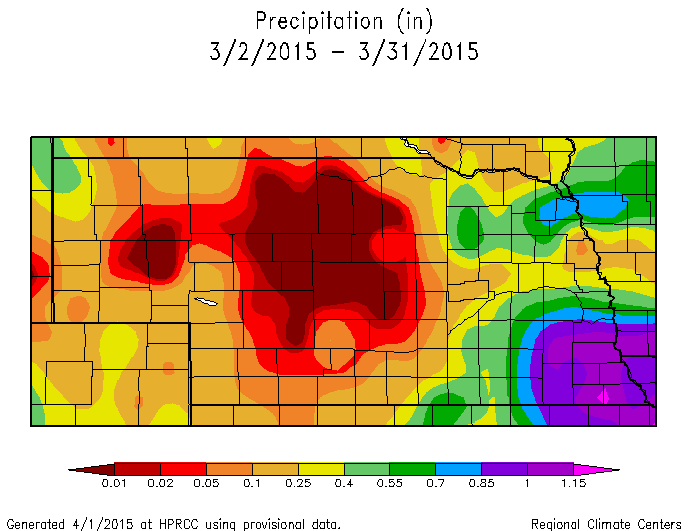
 RSS Feed
RSS Feed
